The artist Irma Blank, who was born in Celle and came to Italy in the 1960s, died a few days ago at the age of 89. For decades, she pursued her substantially silent work on the fringes rather than at the centre of the Italian art world. The artist has only experienced a radical reassessment and revaluation of her work in the last ten years. One can see in this a tragedy or a triumph, where perseverance on a laborious and compelling path leads in the end to deserved recognition.
In 1999 around twenty of Irma Blank’s works came to Museion with the collection Archivio di Nuova Scrittura (ANS) of the collector Paolo Della Grazia. In the ANS, the artist positions herself in the context of works of concrete and visual literature from the 1960s, 70s and 80s. Blank’s oeuvre began in the late 1960s with Eigenschriften – literally self-writings – mostly vertical-format sheets with horizontal, handwritten lines. The constants in Blank’s work are the orientation towards handwriting and horizontality, the consistent renunciation of legibility or the semantic dimension of language, and the manual execution operating with infinite repetition. In addition, blue in various tonalities is the dominant colour. From the end of the 1980s onwards, Blank’s Radical Writings combine writing and painting: the pen, which fills line after line with written signs, is now replaced by a painterly stripe drawn with a brush to represent a line. These stripes are thus the extreme abstraction of writings.
The fact that one recognises various textual models in her works – newspapers, poetry books, legal codices, etc. – is a last vestige of content. It is remarkable that the artist repeatedly uses quotations from thought and poets to whom she feels close in the titles of her works or in publications. In these quotations brought in from outside, the refusal of semantics in the paintings is justified poetically or philosophically.
Writing without words, practised over hours, days, weeks, months, years, ultimately over five decades, is a continuing retreat, a form of manually guided lifelong meditation. Although this practice clearly produces images that must be classified as art, it is also clear that we are moving here in a borderland of art that touches on practices that can be described as religious. The fact that in the Radical Writings every line is accompanied by a breath shows the existential dimension of Blank’s paintings. In her artistic and existential radicalism, Irma Blank is most comparable to Roman Opalka and Hanne Darboven, who also imposed upon themselves never-ending writing retreats devoid of content.
When Irma Blank came to Museion in 2017 for the presentation of her works, she was already sitting in a wheelchair. Shortly before, she had published a volume of drawings with her gallery, executed with the left hand due to a stroke. Simple horizontal lines that represent the western writing style from left to right and from top to bottom, in an elementary way. The lines are tremulous, but they undoubtedly represent a direct continuation of her work, which otherwise aimed for the highest precision. One can read these tremulous signs as evidence of a victory of the spirit over disease and matter.












